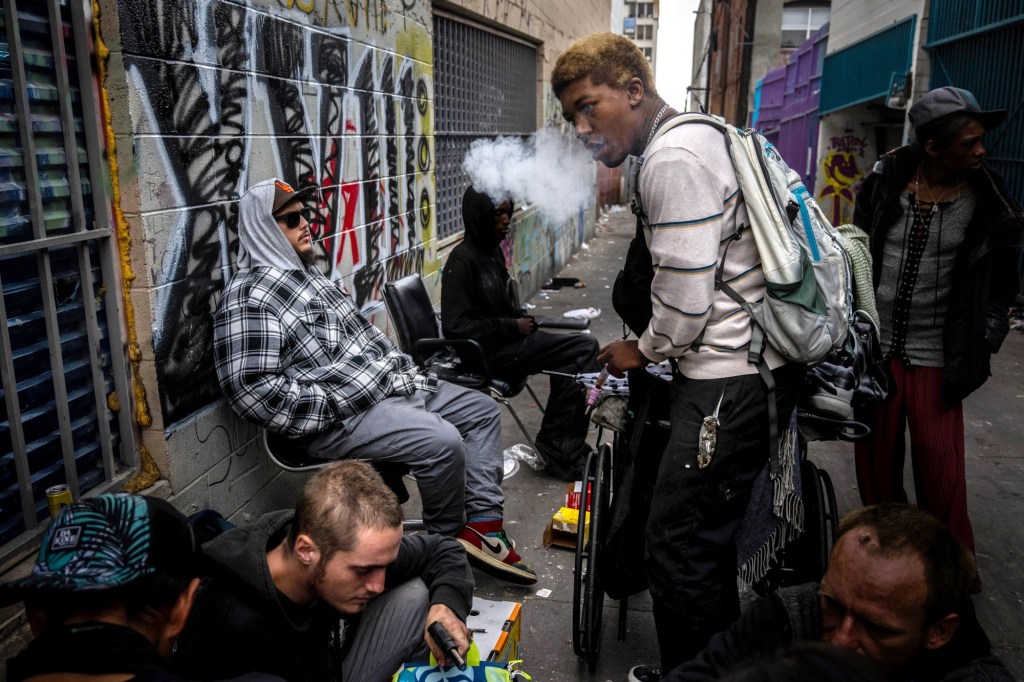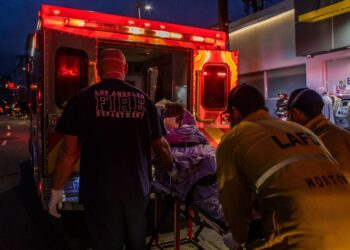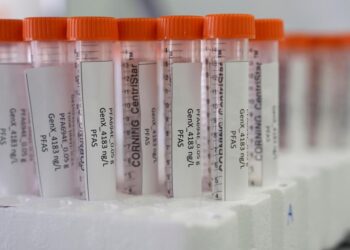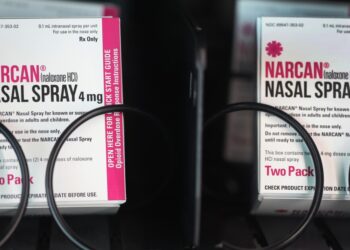Fifty dollars a day. That’s how much Elliot, a 24-year-old living on the streets of MacArthur Park, says he must come up with to avoid fentanyl withdrawals, a debilitating pain that “feels like dying.”
For someone with no phone, no home, no job and no more possessions than can fit into a backpack, this is no easy task. So Elliot, like many others battling addiction, makes money for fentanyl by selling shoplifted goods to street vendors around MacArthur Park.
The Southern California News Group interviewed Elliot, dozens of other people who use fentanyl, business owners, residents, LAPD personnel, homeless outreach workers, and medical professionals over several months, discovering how the intertwined crises of homelessness, addiction and petty theft have made MacArthur Park an epicenter of a deadly epidemic.
Overdoses are a daily occurrence in the area, says Councilmember Eunisses Hernandez, who represents the neighborhood.
“When we think about the epidemic of overdoses, of fentanyl use, of sales,” she says, “MacArthur Park is ground zero.”
At a county level, the synthetic opioid was responsible for 1,504 fatal overdoses in 2021, a 1,280% increase from 109 overdoses in 2016, according to the most-recent data available from the county’s Department of Public Health.
“I could kick heroin; kicking (fentanyl), not going to happen. Quitting cold turkey would physically kill me.”
–Elliot, who uses fentanyl
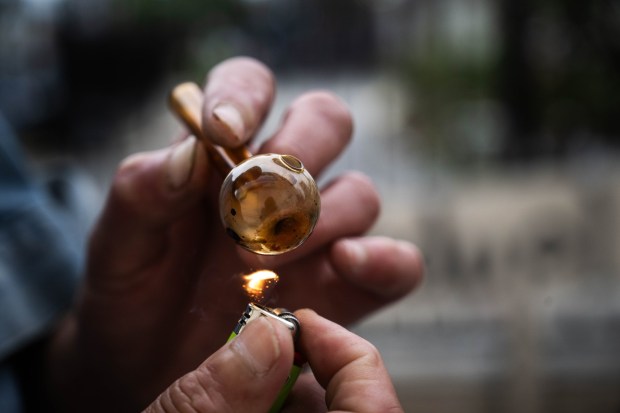
Fentanyl is 50 times more potent than heroin by weight, according to the Centers for Disease Control and Prevention.
“Imagine comparing a very light beer with 100% grain alcohol,” says Joseph Friedman, a drug researcher at UCLA’s David Geffen School of Medicine. “It’s that degree of magnitude of intensity in terms of the psychoactive effects.”
Its effects also wear off quicker.
While a heroin high lasts about six hours, people who use fentanyl frequently may feel withdrawals within two to three hours of smoking the drug,…
Read the full article here

